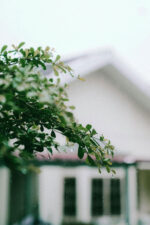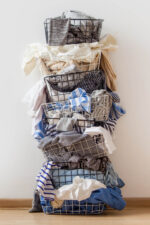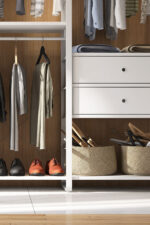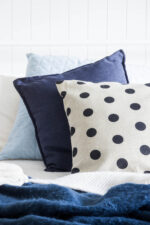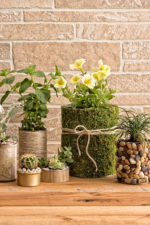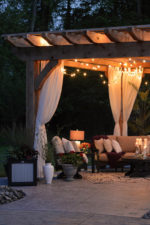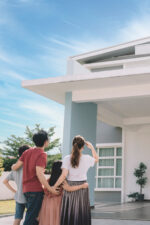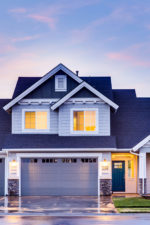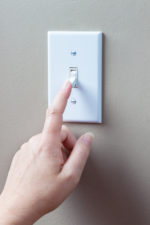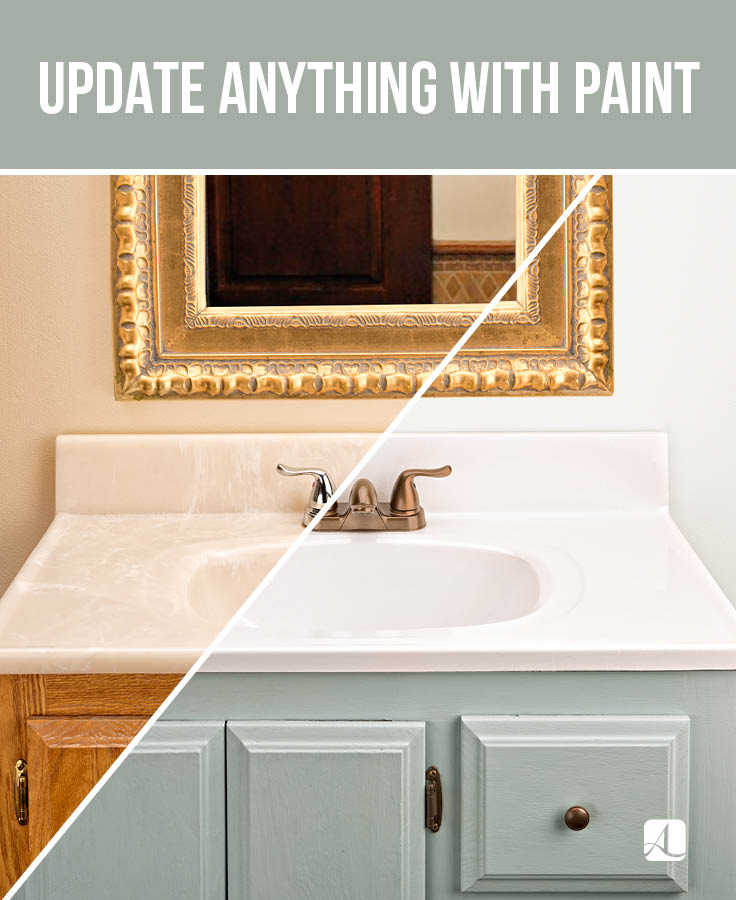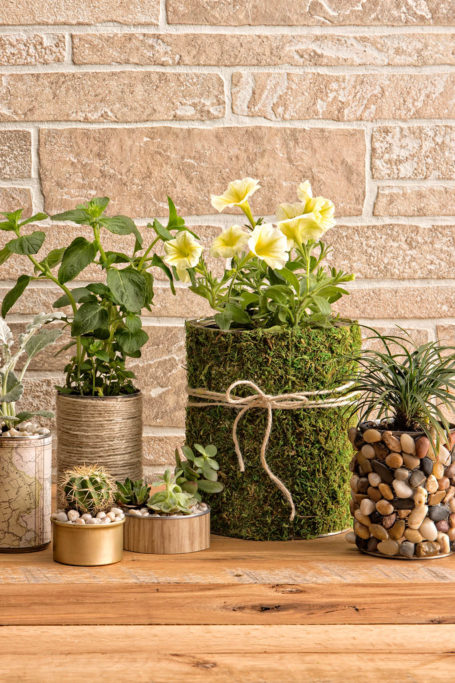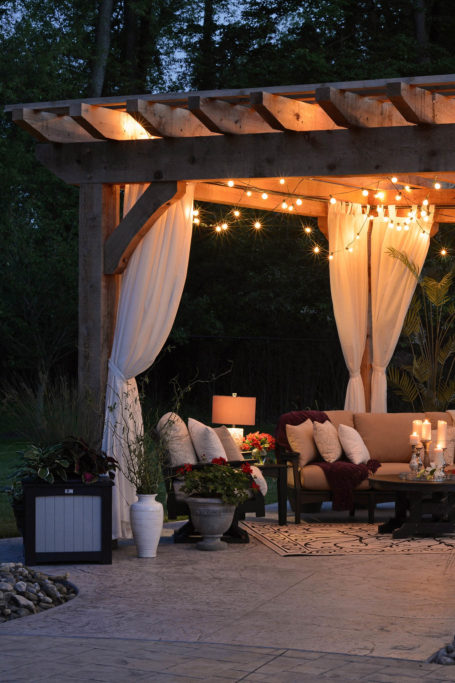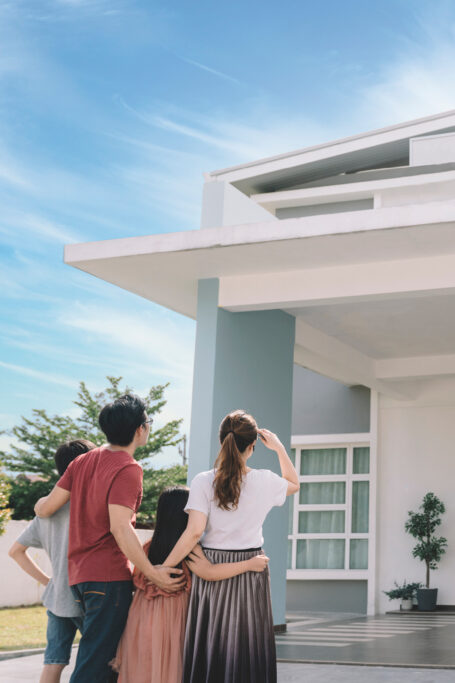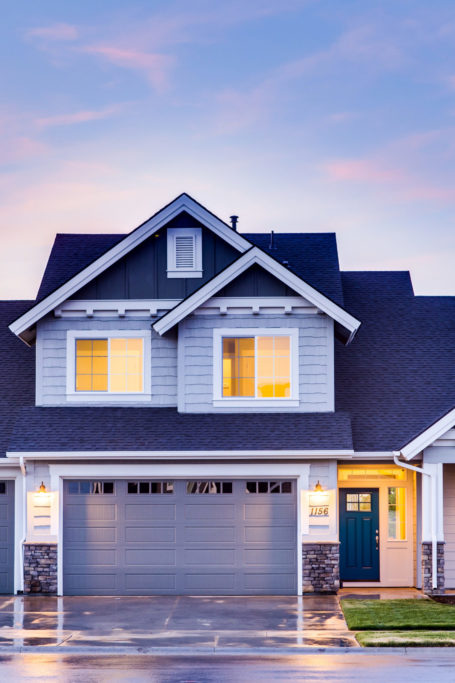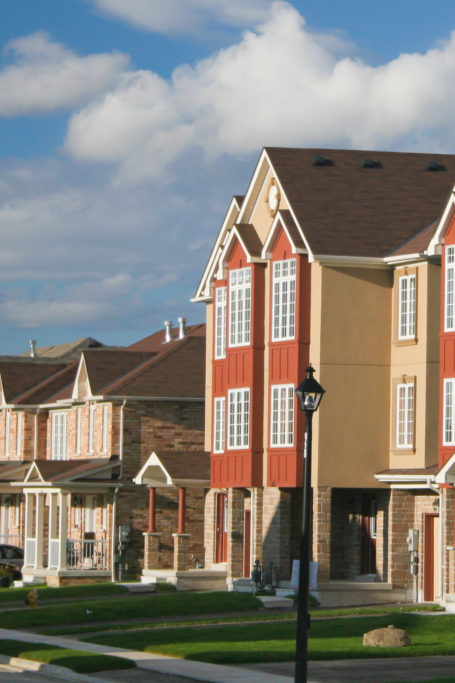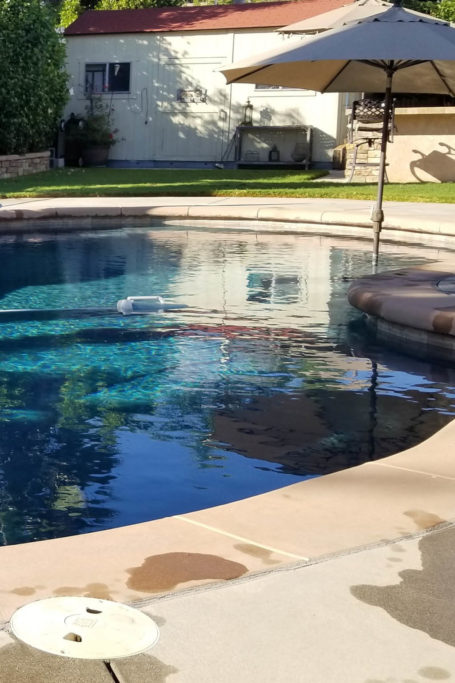From Drab to Fab: How to Paint Common Surfaces
Whether you’re looking to paint your guest room a new shade of lavender or want to refinish your patio furniture, cabinets, or garage floor—paint can be a cost effective way to breathe new life into what may be old and shabby.
But, it’s important to use the right paint and the proper prep work to ensure your work stays put. Match your paint to the surface and you’ll see great results.
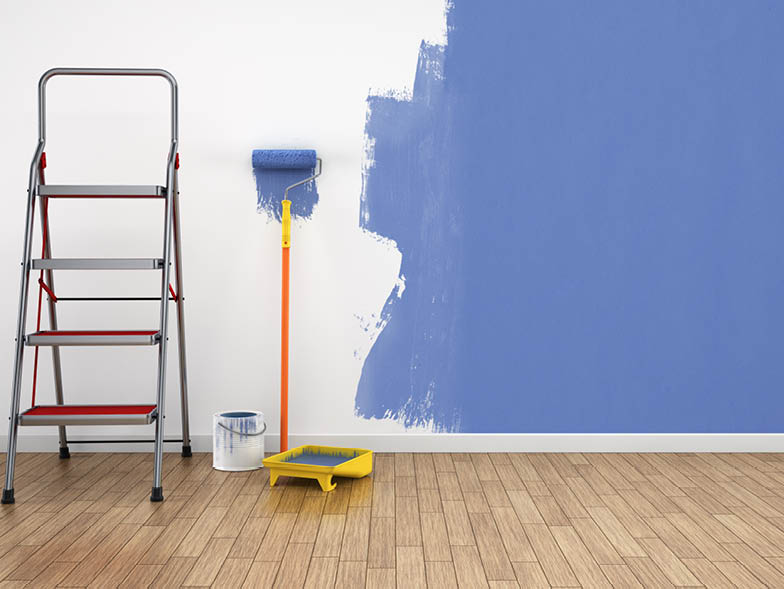
Drywall
Prep the drywall by cleaning off the surface, removing any dirt, dust, or cobwebs. Decide if you want to spray or roll on your paint. Spraying is faster, but can be messy, so it requires more prep work. Regardless of the technique you choose, use latex paint and buy enough to accommodate two coats.
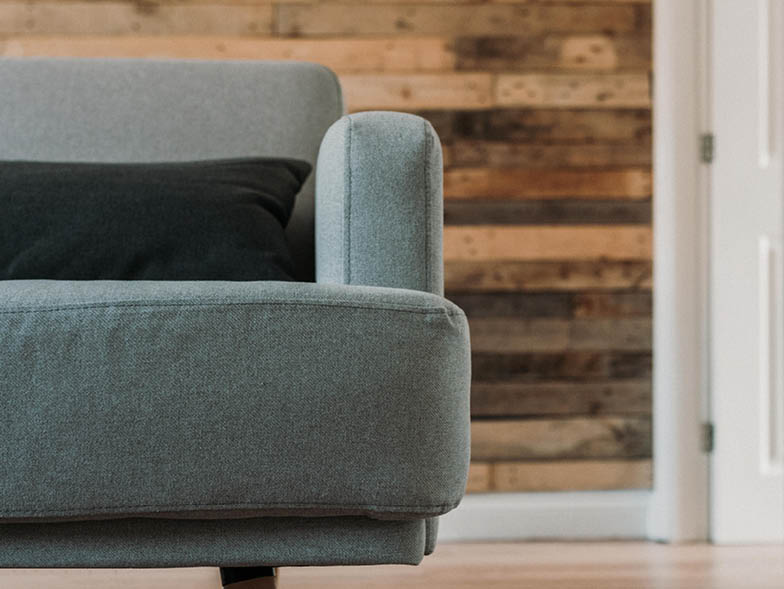
Fabric Furniture
One of the most important steps to painting fabric furniture is the prep. Spot clean the furniture, and make sure all of the fabric is clean and dry. Use fabric spray paint or water-based paint and apply in even coats.
Plastic Furniture
Plastic furniture is one of the easiest items to paint, using a spray paint in the color of your choice. Hold the can about six inches away from the furniture, and be sure to apply the paint in light, even coats.
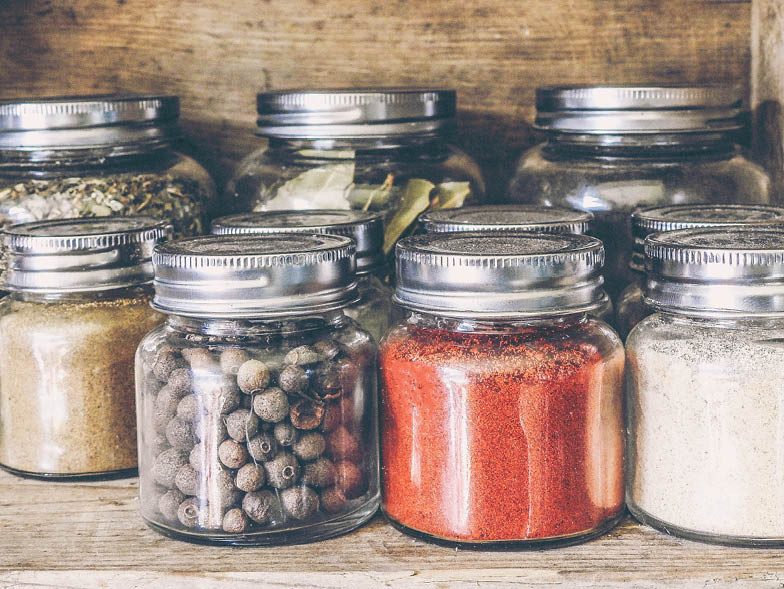
Glass Containers
No prep is required for glass containers, other than making sure the item is clean and dry. Chalkboard paint is a great choice for painting glass. Apply two coats, and allow the glass to dry in between coats.
Rugs
Believe it or not, you can even paint rugs! Rugs with a shorter weave will have the best results, and it’s best to use latex paint. Using painter’s tape, tape off the pattern that you want to appear on the rug, making sure to press down very firmly so that the paint doesn’t bleed underneath. Paint the rug with a brush, or use spray paint in a well ventilated area.
Garage Floor
Not only will painting your garage floor give your garage that showroom shine, it will also help protect the floor from everyday wear and tear. Clean the entire surface of the floor, and use epoxy paint. Pro tip: this is a job best avoided in the winter months—make sure the outside air temperature is at least 60 degrees and your slab floor temperature is at least fifty degrees. Otherwise, it will be nearly impossible for your floor to dry.
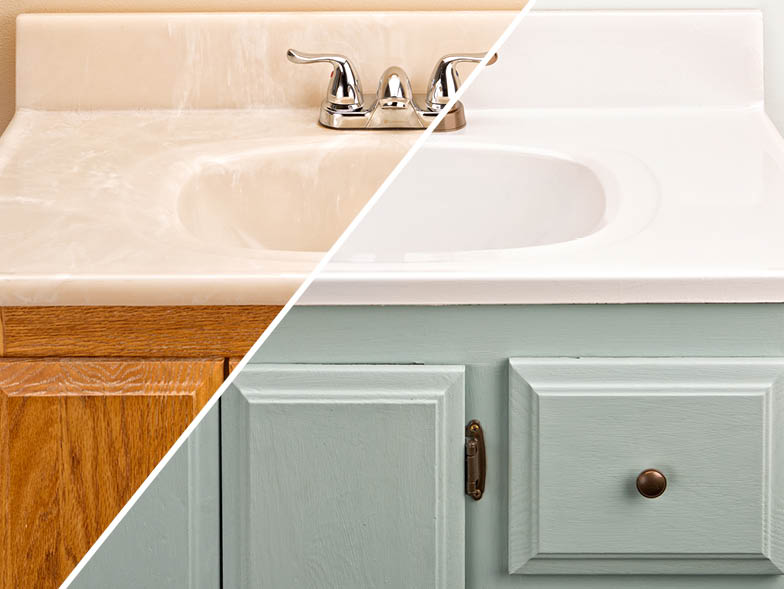
Cabinets
Painting your cabinets can be a more cost-efficient option than replacing them. First, remove all cabinet doors and existing hardware. Thoroughly sand all surfaces of your cabinets, to ensure the paint has a clean and textured surface to adhere to. For this project, you can use latex, oil-based, chalk, or even spray paint. Plan for two to three coats, allowing the cabinets to dry in between coats.
Curtains
Paint can transform your curtains from ho-hum to designer showstoppers. Using painter’s tape, mark off any design or pattern you would like (e.g., chevron or stripes), then carefully paint the curtains with spray paint, being careful to avoid the rest of the fabric.
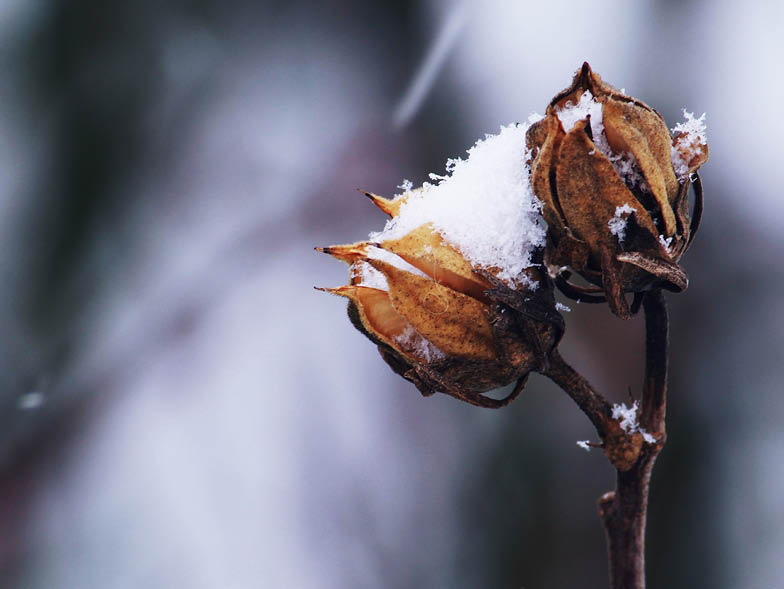
Dried Flowers
Spray paint can preserve your dried flowers beautifully. Carefully dust your flowers to remove any dirt or dust from the petals, and then apply spray paint in light, even coats.
You will be surprised at all of the things you can transform with a simple can of paint and some patience. So grab some paint and your brushes, and get started!

